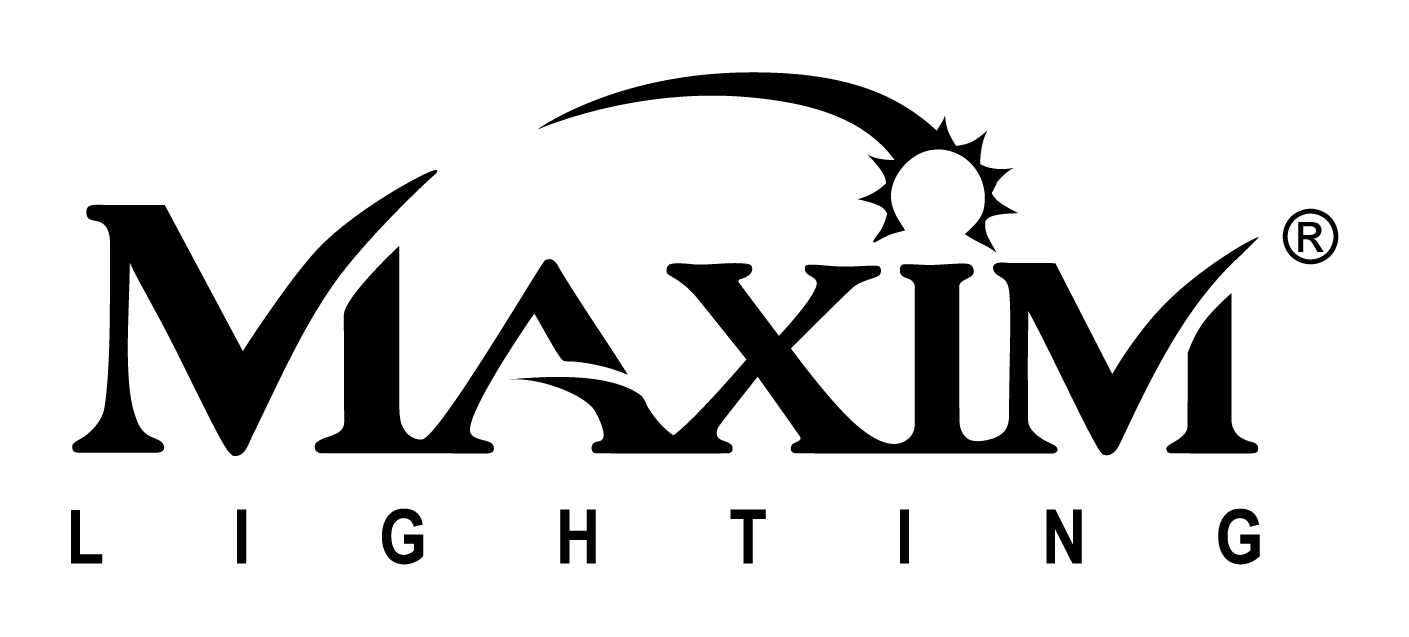
Think Outside the Box: Understanding Junction Boxes
Whether you are working on a remodeling job or a brand new home build, you may have seen these precarious square boxes throughout your home's walls and ceiling. These are electrical boxes, often referred to as junction boxes. They are responsible for enclosing the wire connections in your home.

These boxes serve an important purpose, enclosing these sensitive wire connections keeps the electricity flow in your home safe. Protecting vulnerable connections and preventing power loss or worse, fires. Installed in a home’s walls for standard electrical outlets, as well as in-ceiling for more specified installations such as smoke alarms and lighting fixtures. In special cases, lighting manufacturers such as Maxim Lighting create fixtures, such as the Cove Collection , that are fitted with their own IC Airtight UL rated outlet box for easy installation without the use of recessed lighting.

These boxes serve an important purpose, enclosing these sensitive wire connections keeps the electricity flow in your home safe. Protecting vulnerable connections and preventing power loss or worse, fires. Installed in a home’s walls for standard electrical outlets, as well as in-ceiling for more specified installations such as smoke alarms and lighting fixtures. In special cases, lighting manufacturers such as Maxim Lighting create fixtures, such as the Cove Collection , that are fitted with their own IC Airtight UL rated outlet box for easy installation without the use of recessed lighting.
 |
The multiple sizes and shapes, and even materials serve different purposes so it is important to know which box you will need for the job. To ensure the safety box is properly installed please check in with a professional electrician and make sure you have pulled the correct permits. |
 |
Handy Box: Ideal for wall mounting, these boxers are meant for light switches. Perfect for areas where behind-the-wall installation is challenging. |
 |
Junction Box: This special type of box is only used to connect wires to other wires, never to a switch, receptacle, or fixture. Allows circuits to safely split and branch into different directions. |
 |
New Work Box: As the name suggests, these boxes are used in a new construction project. These mount directly to studs or joists or placed between two studs using a bar hanger. |
 |
Old Work Box: These boxes will be used if you are simply remodeling an existing structure as they are installed after drywall has been placed. Featuring clamps built into the box and ideal for adding new outlets to pre-existing walls. |
 |
Outdoor Box: Bring new life to your outdoor space with exterior lighting options, available in metal and nonmetallic units. Protects wiring from the elements with gaskets, sealed seams, and watertight covers, ready to endure the elements. |
|
Aside from various functions, these outlet boxes also come in various shapes and sizes based on their intended uses. |
|
 |
Rectangle: The standard shape for most boxes, housing a single electrical switch. |
 |
Square: Also known as a “Double-Gang Box” housing either a pair of outlets, pair of switches, or a combination of the two. |
 |
Round/Octagon: Fits lightweight safety devices such as carbon dioxide or smoke detector. |
 |
Ceiling Box: Meant to carry heavier items including light fixtures such as a chandelier or pendant light. |



